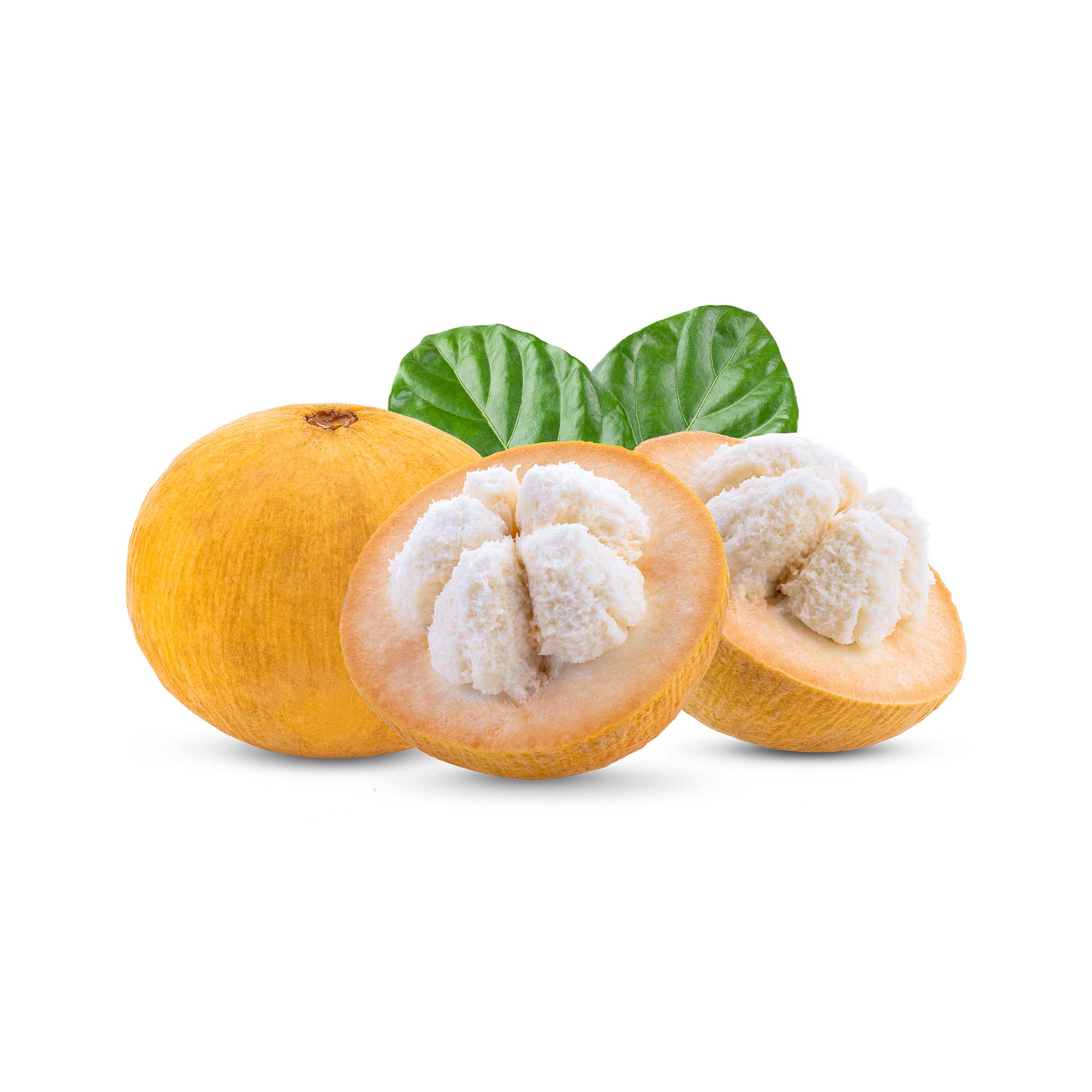If you stroll through a bustling fruit market in Southeast Asia, chances are your eyes will catch the soft golden glow of Santol (Sandoricum koetjape), often nicknamed the “cotton fruit” or “wild mangosteen.” This tropical delight, both sweet and sour, is not just a fruit but a cultural favoUrite with centuries of history, folk medicine and now, modern agricultural value.
A fruit with character
• Appearance: Round, velvety-skinned, yellow to golden-brown when ripe. Inside lies a white, cottony pulp surrounding large seeds.
• Taste: A playful mix of sweet and tart, making it perfect for fresh eating, juices, jams, or curries.
• Nutritional Riches: Packed with Vitamin C, fibre, antioxidants, calcium and iron, Santol aids digestion, boosts immunity, and cools the body in summer.
In traditional medicine,....

